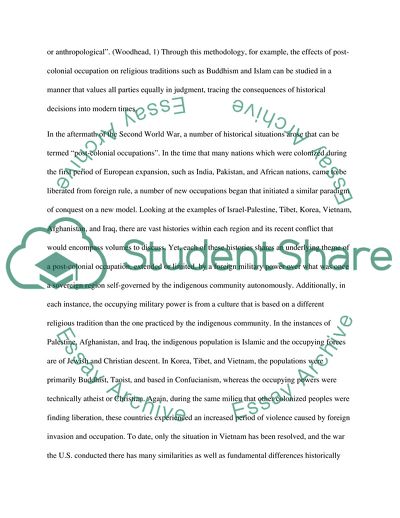Cite this document
(National and Religious Identity in Buddhism and Islam Essay, n.d.)
National and Religious Identity in Buddhism and Islam Essay. https://studentshare.org/religion-and-theology/1746407-religion-two-traditions-and-the-modern-world
National and Religious Identity in Buddhism and Islam Essay. https://studentshare.org/religion-and-theology/1746407-religion-two-traditions-and-the-modern-world
(National and Religious Identity in Buddhism and Islam Essay)
National and Religious Identity in Buddhism and Islam Essay. https://studentshare.org/religion-and-theology/1746407-religion-two-traditions-and-the-modern-world.
National and Religious Identity in Buddhism and Islam Essay. https://studentshare.org/religion-and-theology/1746407-religion-two-traditions-and-the-modern-world.
“National and Religious Identity in Buddhism and Islam Essay”. https://studentshare.org/religion-and-theology/1746407-religion-two-traditions-and-the-modern-world.


